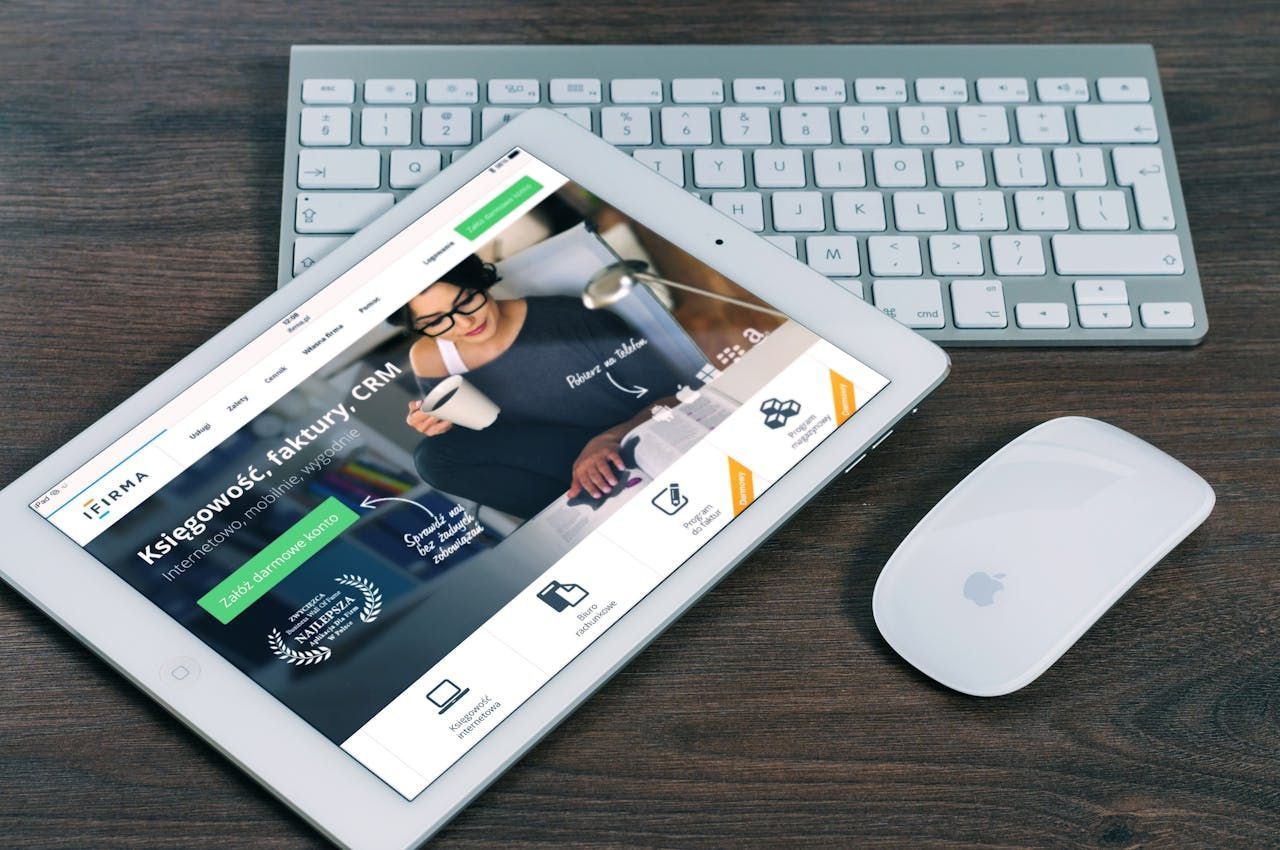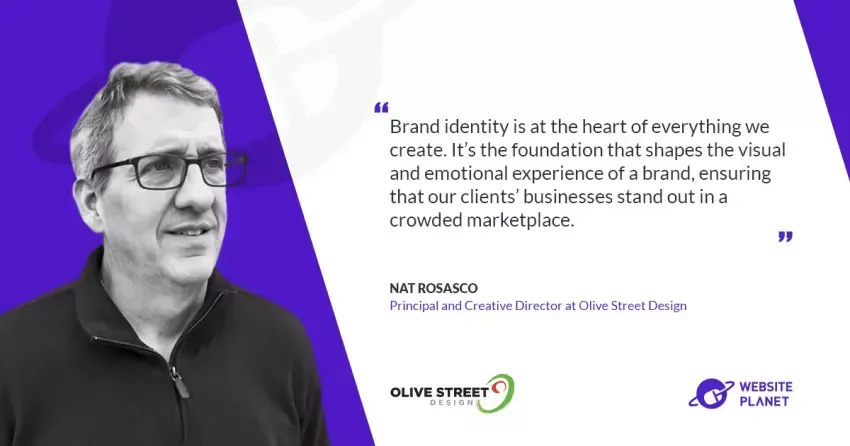November 7, 2024
Video editing is a lot like punctuation in writing. It’s not about knowing them. You need to know where and how to use them. Placing punctuation in the wrong place can change the meaning of a sentence. For instance, “Kill him not, leave him” conveys a different meaning than “Kill him, not leave him.” Similarly, the best video editing services can use their skills and experience to elevate the video experience. They can turn your raw footage into a visual masterpiece. Why use the best video editing services in 2025? More than 83% of people watch video content to understand products (and services) and make buying decisions. Video consumption is increasing year after year, so much so that 89% of people want to watch more videos. Video content as a marketing tool has enormous potential. You need the best video editors to craft videos that work for you. So, without much delay, let’s dive into the top 10 best video editing services in 2025. 1. Veedyou Media The raw footage is a mass jumble of frames. Under the skillful eyes of an editor, the raw footage transforms into beautiful videos that can invoke emotions and sway the decisions of the viewers. You need the assistance of Veedyou Media to work on your raw diamonds (unedited videos) and to polish the visuals to bring out the brilliance of your ideas and marketing message. Their service is trusted by some of the biggest brands in the world including DHL, CISCO, and many more. The name Veedyou Media has become synonymous with versatility. They’ll help you create memories for posterity by editing wedding videos, craft relatable characters and narratives using animation videos, and ignite business growth by editing corporate videos. Pros Flexible pricing ensures businesses with diverse backgrounds can avail the services of the best video editing service. Veedyou Media places no limit on the raw footage like other editing companies. Focus on excellence and unmatched customer service has ensured a large, loyal customer base. Cons They strive for excellence which may sometimes affect their turnaround time. Their standard turnaround time is 5-7 days. 2. Fiverr Are you having trouble finding a reliable video editing service in your area? Visit Fiverr – a freelance services marketplace with no one or two, but dozens of top video editing services from around the world. Whether you want to edit a short clip or a long video, you can find a suitable video editor on Fiverr. You can hire the best talent for editing part of footage, for a whole project, for a day or week, or make them part of your in-house team. What’s more, you can keep the overall video production cost within your budget. The flexibility offered by Fiverr is unmatched. Pros The user-friendly, highly effective user interface allows you to search, connect, hire, and finish the project quickly and effectively. Fiverr provides a safe and secure payment system. The contract system safeguards your investment by allowing payment only after the service provider delivers. Each video project is unique. On Fiverr, you can find the right video editor who can fulfill your project’s unique needs. Cons Finding and vetting freelancers can take a long time, increasing the chance of project delays. Collaborating with service providers in different countries and cultural backgrounds can be challenging. 3. Upwork Upwork is a familiar name on the internet. It’s one of the most popular digital marketplaces for business owners and freelancers alike. It’s also one of the best places to find the best video editing services. High competition and increasing business costs have pushed companies to look for affordable video editing services without compromising on the results. Finding quality video editors on Upwork is a pretty easy task. You can look for the right freelance editor or video editing team based on their experience, client feedback, and location. For instance, if you want to create videos targeting a particular ethnic group, such as Chinese. Upwork makes it possible for you to hire an editing team in China who are sure to have a deeper understanding of your target audience. Pros Upwork is home to some of the best video editing freelancers and teams in the world. The vast talent pool ensures access to video editors with diverse skills, experience, and perspectives. Regardless of your budget, you can find a decent video editor on Upwork. Cons Diverse cultural backgrounds and different time zones can sometimes make communication challenging. Difficulty in assessing and trusting service providers located in different states or countries. 4. KPI Creatives Are you looking for a company that provides services such as branding and marketing in addition to video editing? Then KPI Creatives is the right choice for you. KPI Creatives can be your trusted friend, helping you build a brand identity, create websites that convert, provide support for video production and editing, and assist with data-driven marketing strategies . KPI Creatives is there to lend their experience and expertise in creating growth opportunities for small businesses, established brands, and everyone in between. Pros The company offers three premium packages. All three pricing plans include a video editing service. You can create a custom plan to suit your needs. Subscription is not necessary. They have a team of highly qualified video editing professionals ready to work on footage of any length and sophistication. Cons Not much is published about their video editing experience on their website. Some small businesses may find their services too expensive. 5. Futuristic Films Futuristic Films is a one-stop solution for all your video production needs. Their website has less text, as they want the visuals to do the talking. From experienced directors to expert video editors, Futuristic Films has a highly skilled team, ready to assist clients in any way possible. The team at Futuristic Films help make memories that last, create videos that convert, and produce films that win awards. The Futuristic Films team echoes our own opinion on video editing. The real magic happens at the video editing stage. During remote sessions or in-person, the editing team uses the best techniques and latest technologies to bring your video to life. Pros In this highly competitive business world, Futuristic Films provide perfect editing that’s needed to mesmerize and convert the audience. You would be hard-pressed to find a better and more qualified team than the one present in Futuristic Films. They are experts in all departments of video production including video editing. Futuristic Films has won several awards for their creations in the past. Cons No information about their pricing structure on their website. Could be an expensive choice for small businesses. 6. Lightning Video Editors Artificial intelligence is everywhere, from cars to refrigerators, and from search engines to video editing tools. The company – Lightning Video Editors – is one of the early adopters of AI. In fact, they have introduced their own AI video editing technology. This impressive video tech company has worked with some of the top brands in the world. Their clientele includes Accenture, KPMG, Reddit, British Council, and a lot of other leading brands. They have an impressive track record with over 1000 feedbacks, 3000+ videos, and hundreds of clients. Lightning Video Editors is known for their impeccable skills and excellent customer service. Pros Their team is well-known for professionalism and faultless results. A video editing company with a global presence with clients in over 100 countries. The company has won many awards and accolades around the world. Cons The price structure is not mentioned on the website. No clear information on the kind of video editing and enhancement services given on the website. 7. LAI Video Are you looking for someone to shoulder video production and editing responsibilities? LAI Video promises to be your trusted partner in content creation, branding, and marketing. If you’re an individual with a great idea, trust LAI Video to convert that into an awesome video. Want to create a podcast, just contact LAI Video. This all-round service company has helped a wide range of companies, from technology firms to NGOs, and from healthcare services to manufacturing. All you have to do is contact LAI Video with your raw footage. The company’s creative team with video editors will work their magic to deliver videos that boost engagement and convert across platforms. That said, if you don’t have a video yet, get in touch to create mesmerizing videos from scratch. Pros A video production and editing team known for their skills, experience, and creativity. A client list with some of the top brands in the world. A highly versatile team with experience in a wide range of industries. Cons Their video packages might be too expensive for small businesses and many content creators. No turnaround time is mentioned. 8. Flikli Flikli offers a range of services that help enhance your brand appeal through professionally created video content. The video production company has been helping clients amplify their brand voice, showcase their USPs, and maximize marketing results for over a decade now. They have a large global client base that has placed trust in them more than once. Flikli has collaborated with big brands such as IBM, Oracle, Walmart, and Panasonic. Flikli supports clients through creative inputs, helps in video production, and assists in branding and marketing campaigns. Their body of work includes video production under several categories including promotional videos, explainer videos, corporate videos, and more. Overall, they help strengthen your business and improve online presence through video creation. Pros Flikli offers free consultation to all potential customers. Their impressive 7-step video production process enables smooth workflow and successful results. Flikli offers 6 affordable packages for common types of video projects. Cons No custom package for standalone video editing work. No clear information on the average turnaround time. 9. VeracityColab Why should you consider VeracityColab for your video editing needs? This all-around video production company impresses clients with its incomparable creative support, unmatched professionalism, and superior customer service. VeracityColab offers a pretty wide range of video production and related services. They provide invaluable support during all stages of video production, from idea generation to promotional strategy, and from filming to video editing. While their range of services is impressive, what’s better is their client list and awards. In their short yet exciting history of a decade and a half, VeracityColab has worked with big brands including Google, eBay, Adidas, Adobe, Microsoft, Epson, Intuit, and more. They are also known for raking in awards year after year, in several categories. Pros VeracityColab has an impressive track record of working with top brands. The company helps in the creation of live-action and animated videos. It has won several awards including five in 2024. Cons Their website is surprisingly devoid of any information on pricing and work process. VeracityColab might not be the right choice for small businesses with limited budgets. 10. Kyro Digital In a world where everyone is jumping on the AI bandwagon, Kyro Digital boldly promises the human touch in all its video creations. Their website makes amply clear the importance of planning and strategy – two areas that are often overlooked. In addition to being a highly professional team, they come across as problem solvers. They use their skill, creativity, and experience to create videos that break through the noise, engage the audience, and deliver measurable results. Kyro Digital specializes in creating video content for SaaS and digital products. That said, they have worked with other industries as well. Their client list includes Nike, Bose, Amazon, and other top brands. Pros Kyro Digital has won numerous awards including several Telly Awards. A video production and editing agency specializing in SaaS and digital productions. Kyro Digital comes across as a problem solver, helping clients with solutions and delivering results. Cons Their web copy conveys the message they are reluctant to use the latest AI technology for video creation and editing. May not be the right match for industries other than SaaS and digital products. Final Thoughts In this globalized world. It’s easy to find a video editing service. But, picking the best editing service is a herculean task. Hope, our list makes your job a little bit easier. All the companies in our list provide solid video editing services. Whatever your requirements, you’ll find an editing service that’ll suit your needs. We have done our part. It’s now your turn to check the top 10 best video editing services in 2025. Start creating videos and kick-start your video marketing campaign at the earliest.



















